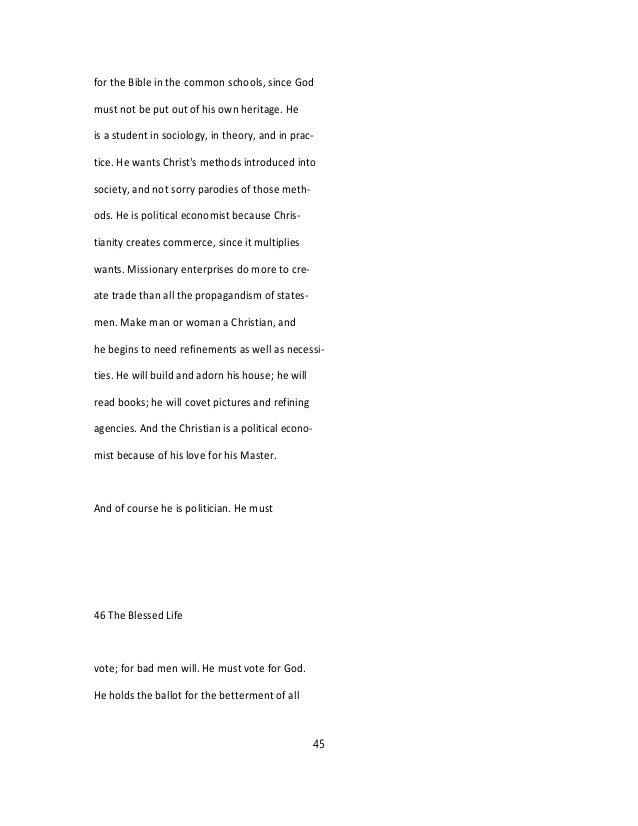

You are my salvation do not cast me off ġ0Even if my father and mother forsake me,ġ2Do not abandon me to the desire of my foes B IĨ“Come,” says my heart, “seek his face” * I will sing and chant praise to the L ORD. This work is most often performed on Corpus Christi, but the last two stanzas are used for Eucharistic Adoration.He will conceal me in the cover of his tent “O Salutaris Hostia” or “O Saving Sacrifice” is another hymn written by St. Written in the mid-20th century by Jesuit priest John Foley, this hymn expresses the unity of Christians throughout the ages. One Bread, One Bodyįans of this popular modern hymn have reason to rejoice, as it was one that the USCCB retained. This is also the final prayer of the Rosary. It is traditionally sung at Compline (Night Prayer) from the Saturday before Trinity Sunday until the Friday before the first Sunday of Advent. “Salve Regina,” also known as “Hail Holy Queen,” is one of the most popular Catholic hymns ever written. Along with “Salve Regina,” it is one of the most celebrated Marian hymns. “Regina Caeli” is most commonly sung during Eastertide, from Holy Saturday through the Saturday after Pentecost. This jubilant hymn was written between the 9th and 12th centuries. Aquinas himself was said to recite the lyrics with no melody in his private prayer. This piece is as perfectly suited to use in Corpus Christi as it is for Eucharistic Adoration. Thomas Aquinas for the feast of Corpus Christi. Adoro Te DevoteĪ Eucharistic hymn written by St. This William Byrd rendition sounds sublime, but other popular versions were composed by Mozart and Edward Elgar. One of the best parts of this hymn is that there are several versions. This hymn was one that was recommended by the USCCB as an appropriate alternative to some of the hymns that were removed. “Ave Verum Corpus” is a Eucharistic chant that dates to the 14th century, with text attributed to Pope Innocent VI. We’ve assembled a list of a few of our favorite hymns to keep in mind as we proceed with the new guidelines. There are still thousands of appropriate hymns that fit the liturgy while placing evangelizing texts to memorable melodies.

We have lost a few well-known hymns, but thankfully the Catholic songbook is vast. The guide included six categories of potential deficiencies: In the presentation of Eucharistic doctrine of Trinitarian doctrine in the doctrine of God and his relation to humans a view of the Church that sees her as essentially a human construction doctrinally incorrect views of the Jewish people and incorrect Christian anthropology.Īmong the hymns that did not meet their requirements were “God is Here! As We His People” “Now in This Banquet” “Let Us Break Bread Together on Our Knees” “All Are Welcome” and “The Lord of the Dance.” The guide has since been sent to parishes so that pastors and music ministers can evaluate other hymns. As a result, they have thrown several hymns out of the Catholic songbook.Īccording to Catholic News Agency, the bishops recognized that hymns and Catholic songs are “significant forces in shaping – or misshaping – the religious and theological sensibility of the faithful.” As such, they produced a guide for determining the doctrinal content of hymns. The bishops determined that a hymn should only be used if it conforms to Catholic doctrine and contains vocabulary that accurately reflects the use of Scripture and liturgical prayer. The United States Conference of Catholic Bishops recently evaluated the viability of some Catholic hymns for liturgical use. Click to bring God's word to your inbox (1 verse a day)


 0 kommentar(er)
0 kommentar(er)
